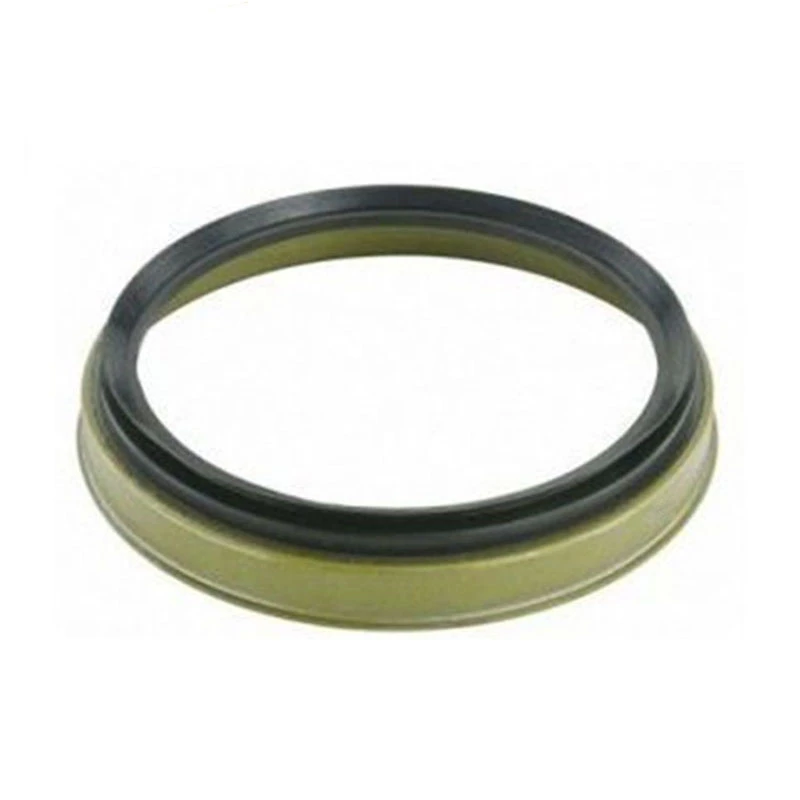drive shaft oil seal
The Importance of Drive Shaft Oil Seals in Automotive Engineering
In the intricate world of automotive engineering, various components work together seamlessly to ensure vehicles operate efficiently. Among these components, the drive shaft oil seal plays a crucial role in maintaining the health of the vehicle’s drivetrain. This article delves into the functions, types, and maintenance of drive shaft oil seals, emphasizing their importance in vehicle performance and longevity.
Understanding the Drive Shaft Oil Seal
The drive shaft is responsible for transferring power from the engine to the wheels, enabling a vehicle to move. During this process, lubricants are essential; they reduce friction and prevent wear between moving parts. The oil seal is installed where the drive shaft exits the transmission or differential, creating a barrier that keeps the lubricant contained while preventing contaminants from entering the system. Essentially, the oil seal ensures that the oil remains where it is needed and that dirt, water, and other foreign substances do not compromise the drivetrain's functionality.
Types of Drive Shaft Oil Seals
Drive shaft oil seals come in various designs and materials, tailored to meet specific vehicle requirements. Typically, they are made of rubber or synthetic materials due to their excellent sealing properties and resistance to wear and temperature fluctuations. Two common types of oil seals are lip seals and rotary seals.
drive shaft oil seal

- Lip Seals These have a flexible lip that conforms to the shaft surface, providing an effective seal against oil leaks. They are often used in high-speed applications where minimal friction is crucial. - Rotary Seals These are more robust and are used in applications where there is a greater risk of contamination or where higher pressure zones exist. They often incorporate additional features like springs to maintain pressure against the shaft.
Importance of Oil Seal Integrity
The integrity of the drive shaft oil seal is vital for several reasons. A damaged or worn oil seal can result in oil leaks, leading to a reduction in lubrication efficiency. This can cause overheating of the drivetrain components, leading to premature wear or catastrophic failure. Furthermore, if dirt or water infiltrates the drivetrain due to a compromised seal, the chances of corrosion and damage significantly increase, amplifying repair costs.
Regular inspection of the drive shaft oil seals is a crucial maintenance step that vehicle owners and technicians should not overlook. Signs of a failing oil seal can include visible oil leaks, a burning smell from overheating components, or unusual noise from the drivetrain. Addressing these issues early on can prevent extensive damage, saving both time and money.
Conclusion
In summary, the drive shaft oil seal may be a small component in the vast machinery of a vehicle, but its role is undeniably significant. By ensuring the proper sealing of lubricants and protecting against contaminants, it contributes greatly to the overall efficiency, performance, and durability of the vehicle's drivetrain. Proper maintenance and timely replacement of oil seals are essential in preserving the vehicle’s functionality and extending its lifespan. As automotive technology advances, the design and materials used for drive shaft oil seals continue to improve, promising even greater reliability and performance for future vehicles. Automotive enthusiasts should recognize the importance of these seals and advocate for their proper care to ensure safe and efficient driving experiences.
-
Simplifying Oil Changes: A Comprehensive Guide to Oil Drain Plugs and Their Variants
News Aug.04,2025
-
Mastering Oil Drain Maintenance: Solutions for Stripped, Worn, and Upgraded Oil Plugs
News Aug.04,2025
-
Fixing Oil Pan Plug Issues: Leaks, Stripped Nuts, and the Right Replacement Solutions
News Aug.04,2025
-
Everything You Need to Know About Oil Drain Plugs: Sizes, Fixes, and Upgrades
News Aug.04,2025
-
Choosing the Right Oil Drain Plug: A Guide to Sizes, Materials, and Drain Innovations
News Aug.04,2025
-
A Complete Guide to Automotive Drain Plugs: Types, Problems, and Innovative Solutions
News Aug.04,2025
-
The Ultimate Guide to Car Repair Kits: Tools and Essentials Every Driver Should Own
News Aug.01,2025
Products categories















